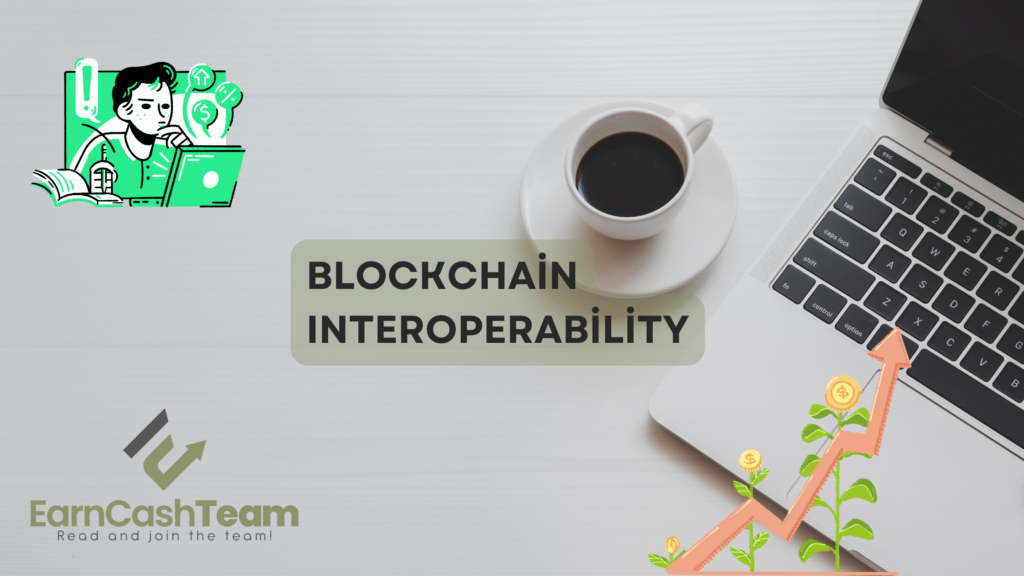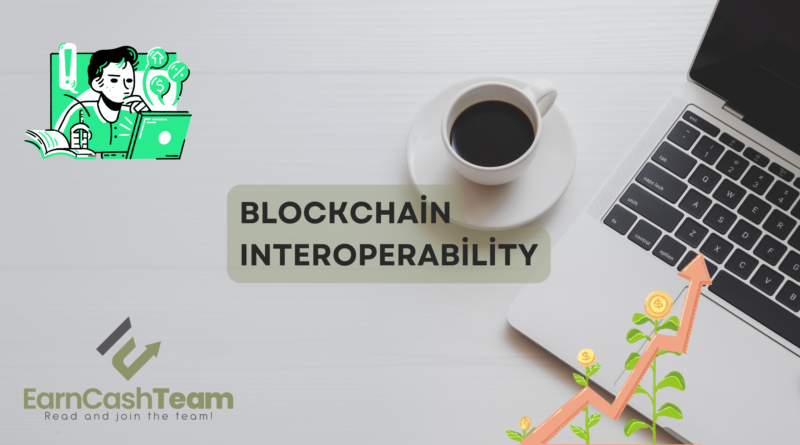Blockchain Interoperability – Connecting Multiple Networks for Seamless Transactions
Blockchain interoperability is crucial to the adoption of blockchain across a range of industries. It enables secure, customizable, and scalable transfer of crypto assets between blockchain networks.
Already, blockchains designed with interoperability in mind such as Polkadot DOT 0.0% and Cosmos ATOM 0.0% exist, which allow different blockchain networks to share data effectively becoming one digital nation.
You can also find out other tips about blockchain and banking with us!

1. Integration of Smart Contracts
Smart contracts are an integral component of blockchains’ unique functionality, ensuring predefined actions will automatically take place when certain conditions are fulfilled – this enables developers to create decentralized applications (DApps) which can run across different blockchains.
Interoperability makes it possible to share data and assets among various blockchain networks, for example if Ethereum’s fees become excessive you could easily transfer tokens over to Polkadot, Polygon or Algorand networks for example.
To enable this, different layer-1 blockchains have come up with solutions to enable interoperability among them, including atomic swaps between participants who hold tokens on different blockchains.
Cross-chain technology, which comprises a set of protocols that enable blockchain networks to interact, offers another solution. Polkadot chain allows private and public blockchains to share data easily; similarly, Nervos system connects blockchains through sidechains for communication purposes.
2. Integration of Wallets
Moving assets between different blockchain networks is critical for improving their usability, yet users had previously needed separate wallets for each network they wish to transact on. Now, with blockchain’s unique capability of asset transfers between networks, users no longer have to create separate wallets for every one they transact on.
Interoperability protocols provide a solution by enabling various blockchains to communicate, allowing exchange of tokens, cross-chain state access and smart contract function invocation between them.
Many existing and emerging blockchains are tackling interoperability in various ways. Some use sidechain technology to connect to other chains while others rely on cross-chain messaging solutions for interoperability. Polkadot DOT 0.0% stands out as an example of an architecture built to facilitate interoperability; creating bridges between public blockchain networks. Other projects, like Cosmos ATOM 0.0% are focused on building an ecosystem of apps which communicate across blockchains using an inter-blockchain communication protocol; all these projects pave the way for interoperability which ultimately drives adoption of blockchain adoption.
3. Integration of Distributed Applications
As more people use blockchain-based applications, interoperability will become even more critical. Transferring digital assets between blockchains typically requires either using a third-party service provider or engaging in an extensive transfer process which leaves data vulnerable to hacking or other security risks.
Interoperability between blockchain networks will allow for the development of decentralized apps (dApps) that draw upon different functionality from different blockchains to increase speed, security, usability and enable free movement of unique digital assets.
Blockchain interoperability will also aid specialization within the industry, as more chains connect. Individual blockchains will find it easier to focus on their strengths rather than competing for market share; ultimately this will increase decentralization while simultaneously driving growth across the crypto ecosystem.
4. Integration of Data
Step two in blockchain interoperability involves enabling data to move between blockchain networks, commonly referred to as linking independent blockchains together using oracles that can add real-world information into various blockchains networks.
Interoperable blockchains have the potential to significantly increase decentralization within the crypto ecosystem and facilitate seamless flow of value across chains; however, their implementation remains complex and is currently ongoing.
Developers face a key challenge in assuring data integrity during interchain transfers, as this prevents vulnerabilities in one chain from impacting others that it links with. Furthermore, this requires creating standard protocols between blockchains for data exchange – something which may take some time. While only a handful of interoperability solutions currently exist, more solutions should emerge as demand for cross-chain data integration increases.




